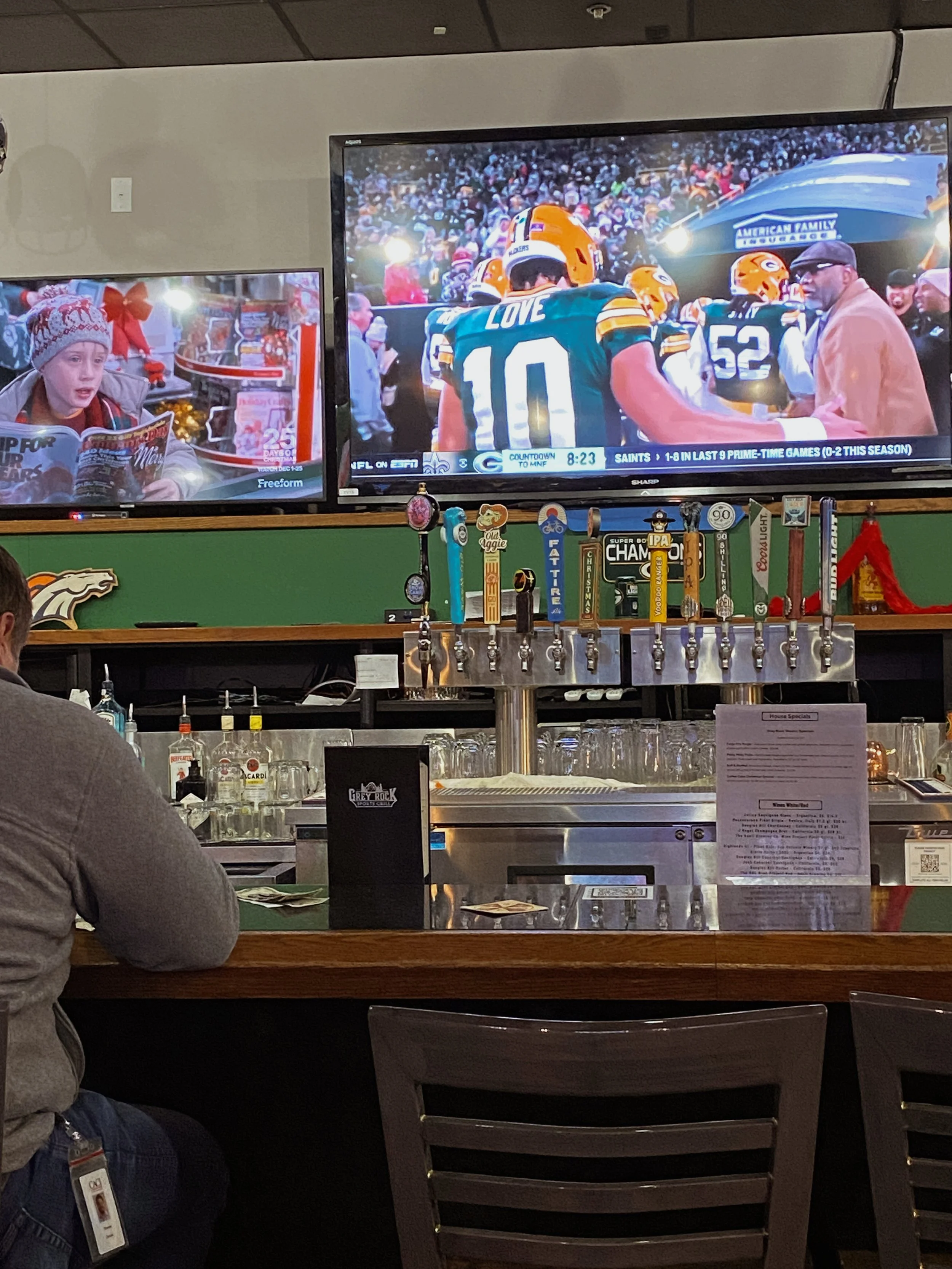One trend that I truly hope stays in 2025 is the "apology letter" format that brands are using—where products humorously "apologize" for being too popular— because it represents a fundamental misunderstanding of both apologies and effective brand communication.
If you’ve been anywhere scrolling on Instagram the past 3 months you’ve seen them, if you haven’t it’s a post on company letterhead that looks like something posted after someone did something to get themselves canceled but it’s instead just a humble brag about how awesome they are at what they do.
I get it we all want to stop someone’s scroll and what is more scroll stopping than a piece of content that appears to be hot gossip?
But this trend is actually damaging because it mistakes smugness for charm.
What these brands think they're doing is creating self-aware, humorous content that celebrates their success while acknowledging minor customer inconveniences. What they're actually doing is wrapping a humblebrag in the language of accountability, which undermines both.
Real apologies acknowledge harm and accept responsibility. This format co-opts that language to essentially say "we're so amazing that we've created problems for you—aren't we great?" It's the corporate equivalent of someone complaining about how exhausted they are from their luxury vacation.
It trivializes actual customer service failures. When customers have legitimate complaints—poor quality control, unresponsive service, actual problems—this jokey format suggests the brand doesn't take feedback seriously. You're training your audience that "apologies" from your company are really just marketing exercises.
It alienates people who aren't already fans. If someone doesn't already love your product, this reads as insufferable. "Grandma is off the wagon again" might get a chuckle from devoted customers, but to everyone else it's just a brand being weirdly self-congratulatory about... beer.
It's the opposite of humility. True humor about your success requires actual humility. This format has the structure of humility (an apology) but the substance of arrogance (we're too good). People can sense that mismatch, and it breeds distrust.
It’s also breeding a PR disaster because what happens when you actually need to publicly apologize on social for something serious?
When something does happen that needs a public statement- because let’s be honest it will, you’ve already used that language for marketing so your online credibility is shot. It’s giving the brand who cried “viral social campaign” can’t cry “product recall” effectively.
You're creating exhaustion. Every brand doing cute, quirky, "we're so relatable" content creates fatigue. When your "apology" is obviously not an apology, you're contributing to the cynicism people already feel about social media communication.
If you want to celebrate your popularity, just do it directly. "We can't keep this on shelves—thank you!" is honest, grateful, and actually endearing. If you want to be funny, be funny without appropriating the language of accountability. If you actually have supply issues causing customer frustration, address them seriously and outline what you're doing to fix them.
The brands succeeding long-term aren't the ones with the cleverest format hijacking. They're the ones building genuine relationships through consistent quality, transparent communication, and knowing when to be sincere versus when to be playful.
REI closes on Black Friday and encourages people to go outside instead—prioritizing their customers' wellbeing and shared values over short-term profit. Trader Joe's employees will open any product for you to taste before buying—reducing your risk and showing they trust their quality. Costco has maintained the same price on their hot dog combo since 1985, even at a loss—demonstrating respect for customers over maximum revenue extraction.
None of these require clever copywriting or viral potential. They're just businesses making choices that put customer value first, then letting those choices speak for themselves.
The "apology letter" trend will fade because it's built on a foundation of self-centeredness that becomes more obvious with each iteration. And as more brands pile on, the joke becomes "look how many brands think this is clever" rather than "look how clever this particular brand is."
And in an era where people are increasingly savvy about marketing tactics, that's a losing strategy.
Instead the brands that build genuine loyalty don't do it through clever formats or viral moments. They do it through consistent, humble service to their customers' actual needs.
But the deeper issue won't fade: the disconnect between what brands think customers want (entertainment, personality, clever content) and what customers actually want (reliability, honesty, respect, value).
The brands that will thrive long-term are those that resist the temptation to perform and instead focus on serving. Not because service is more fun or creative—it's often boring and unglamorous—but because it's what actually builds trust and loyalty.
When your customer can't find your product on the shelf, they don't need a cute apology letter about how popular you are. They need you to fix your distribution, communicate clearly about availability, or suggest where else they might find it. That's connection. That's respect. That's what lasts.
The irony is that by trying so hard to seem relatable and human, these brands reveal how disconnected they are from what their customers actually need. Real connection doesn't announce itself. It doesn't need clever formats or viral potential. It just shows up, day after day, putting the customer first—even when no one's watching, even when it's not content-worthy, even when there's nothing clever to say about it.
That's the difference between brands that become beloved institutions and brands that become cautionary tales about marketing trends that age like milk.







